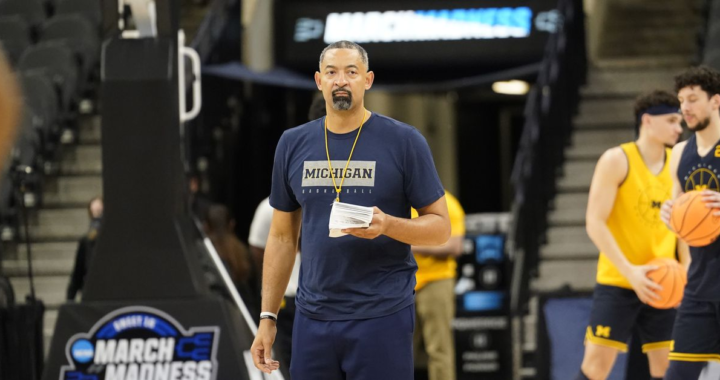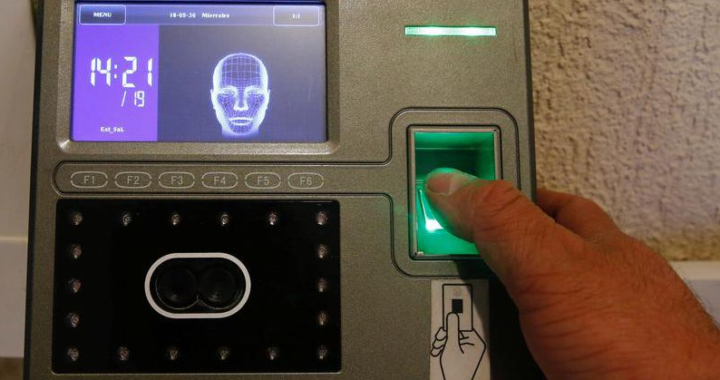Aaron Rodgers’s Vaccine Misinformation and Where States Will Spend Infrastructure Money: The Week in Narrated Articles
4 min read
This weekend, listen to a collection of narrated articles from around The New York Times, read aloud by the reporters who wrote them.
This spring, he was auditioning to be the host of “Jeopardy!” Nearly every day, he pops up on television ads for national brands like State Farm insurance. And on Sundays this fall, he has led the Green Bay Packers to a division-best 7-2 record.
Quarterback Aaron Rodgers is not just the N.F.L.’s reigning most valuable player, he’s a celebrity who transcends the nation’s most popular sport, a household name on par with Tom Brady and Patrick Mahomes.
So when news broke that he tested positive for the coronavirus last week and was unvaccinated, Rodgers justified his decision to not get vaccinated by spewing a stream of misinformation and junk science. Medical professionals were disheartened not just because it will make it harder for them to persuade adults to get vaccinated, but because they are also starting to vaccinate 5- to 11-year-olds.
◆ ◆ ◆
Written and narrated by Victoria Petersen
Alaska Native Medical Center is a hospital managed by Alaska Native Tribal Health Consortium — the largest tribal-run health organization in the country, and the second-largest health care employer in the state.
While Aaron Osterback was hospitalized at the center with Covid-19 and pneumonia in September, he leaned on the foods he grew up with, like salmon and cod, to help him recover. Mr. Osterback is Aleut and was raised near the Bering Sea in Sand Point, Alaska — home to one of the largest fishing fleets in the Aleutian Islands.
During his 10-day stay at the center, one of his favorite meals was the hospital’s salmon Caesar salad — which he said was a great mix of traditional and modern foods.
“A large part of what I received from the cafeteria, and from the folks cooking there, actually helped heal me,” Mr. Osterback said.
Such dishes are part of a donation program that brings familiar foods to Indigenous patients as they recover.
On the highway over the Teton Pass in Wyoming, avalanches have been threatening motorists since the 1960s. In Washington and Oregon, drivers live with the daily awareness that, in a major earthquake, the bridge between Vancouver and Portland will probably collapse. In California, residents are increasingly at the mercy of out-of-control wildfires and megadroughts — and their stratospheric costs.
America’s to-do list has been growing for years, since well before President Biden and a bipartisan committee in Congress agreed this year to a historic upgrade of the nation’s aging infrastructure. On Friday, the measure — held up for months amid negotiations over some $2 trillion in other spending — finally passed.
With nearly $600 billion in new federal aid to improve highways, bridges, dams, public transit, rail, ports, airports, water quality and broadband over 10 years, the legislation is a once-in-a-generation chance to overhaul the nation’s public works system. And it offers a rare opportunity for states that have been forced for decades to balance huge short-term backlogs of repairs and upgrades against larger, longer-term projects and needs.
◆ ◆ ◆
Written and narrated by Shaila Dewan
With shootings and homicides surging in many cities, calls to redirect money to policing are rising. But evidence that hiring more officers is the best way to reduce crime is mixed: Beefing up a police force can help, but the effects are modest and far from certain. Those who study the question say any declines in crime have to be weighed against the downsides of adding more police officers, including negative interactions with the public, police violence and further erosion of public trust.
And there is a bigger unknown: how police hiring compares with other anti-crime measures, such as providing more summer jobs or drug treatment programs, or even keeping the same number of officers but deploying them more strategically.
For decades, scholars have acknowledged that local crime rates cannot be predicted by officer strength and police budgets. Sometimes a boost for policing is followed by a drop in crime; sometimes it isn’t.
◆ ◆ ◆
Written and narrated by Kellen Browning
Apple and its activist employees have edged toward open confrontation in recent months, as workers have gone public with criticisms of how the company treats them and have prodded federal agencies to investigate.
Last week, that conflict escalated as one of the leaders of an activist movement at the company, who said she had been fired in October, said in a charge to the National Labor Relations Board that Apple had retaliated against her.
Janneke Parrish, a former Apple Maps program manager, accused Apple and Tim Cook, Apple’s chief executive, of violating federal labor law by firing her in retaliation for forming the employee group, known as #AppleToo.
Want to hear more narrated articles from publications like The New York Times? Download Audm for iPhone and Android.
The Times’s narrated articles are made by Tally Abecassis, Parin Behrooz, Anna Diamond, Sarah Diamond, Jack D’Isidoro, Aaron Esposito, Elena Hecht, Adrienne Hurst, Elisheba Ittoop, Emma Kehlbeck, Marion Lozano, Tanya Pérez, Krish Seenivasan, Margaret H. Willison, Kate Winslett, John Woo and Tiana Young. Special thanks to Sam Dolnick, Ryan Wegner, Julia Simon and Desiree Ibekwe.





